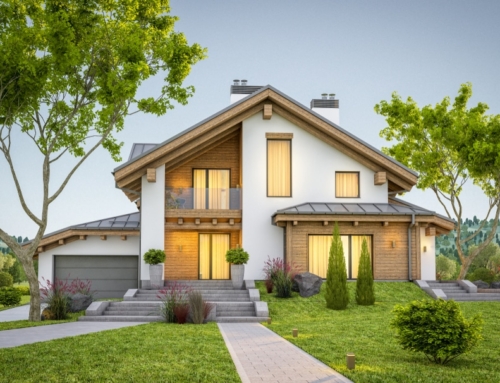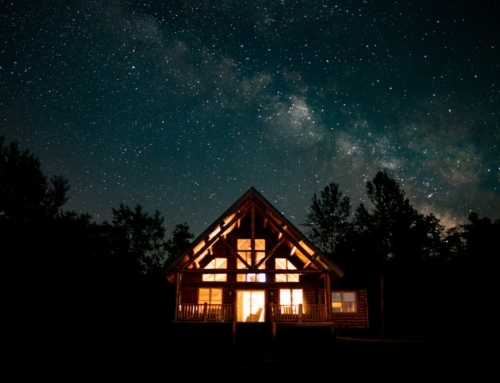Last year, more than 6 million people bought existing homes. About 1 million more bought new construction.
The question many home buyers ask is this: Is it a better deal to buy a newly-built home or an existing home? Unfortunately, there is no easy answer.
There are a number of factors to consider: neighborhood, school district, amenities, condition, the style and type of homes available, and, of course, price.
Where you want to live may well determine whether you buy a new home or an existing one. Want to live in something new in Manhattan? You’ll have your choice of newly-built condos, but many of the existing houses are more than 100 years old. Want to live in a leafy suburb with 100-year old trees? You’re not going to find that in your average new subdivision, where developers often buy cornfields, build their communities and plant trees that look like saplings.
Want to walk to the grocery store? That isn’t going to happen if you buy in many new subdivisions, where the nearest gas station or grocery store is a 5-minute drive. But there are other benefits to a new subdivison.
Many families with young children like buying in new far-suburban subdivisions, particularly if a new school is being built, or to take advantage of new town centers, new park districts and newly-designed libraries. If you work in a distant suburb rather than in the center of a city, living near your job may mean a whole lot less time commuting, and lot more time to enjoy your new neighborhood. If the neighborhood has good schools and recreational amenities, many other young families with children will move there as well.
Older neighborhoods tend to have the least amount of vacant land, so developers might buy a lot here or there and build an individual house. Or, they might try to put together a few lots and build town houses. But that means there are few new homes from which to choose. Those that are there tend to be much more expensive than the surrounding existing homes, as developers try to maximize their profits.
While new homes have the obvious benefit of never being lived in, that’s not always a good thing. Last year, a Florida newspaper story looked at hundreds of new homes and discovered that 80 percent of them had at least one major problem owners discovered after moving in. Existing homes have problems, too, and homeowners who try to cover up their homes’ problems can make trouble for new buyers.
Savvy buyers know an older house is going to have a few problems. Knowing that going in means you plan for an increased maintenance budget, at least for the first few years until you know what kind of shape your home is really in. New construction buyers often get fooled into thinking they’ll have no maintenance headaches to deal with for the first few years, and then the other shoe drops.
You might also want to think through what kind of house you’re ready to live in. Empty nesters looking to trade down to single-story living might not find the house of their dreams in a brand new subdivision of 4-bedroom, two-story homes. On the other hand, new senior-focused, maintenance-free communities might be the answer.
Finally, you have to look at price and appreciation when deciding between new and existing homes. Here’s an important starting point: New homes general cost more than existing homes.
Typically you’ll pay more for a four-bedroom newly-built house than for a similar size home that was built 5, 10, 20 or even 50 years ago. That premium can be partly explained because new houses tend to be quite a bit larger than homes built a half century ago. They’ve got four bedrooms, two and a half baths, a two or three car, central air and other top of the line amenities.
Fifty years ago, your new house might have had three bedrooms and only one and a half baths. If you had a one-car garage, you were lucky. Central air? Stainless steel appliances? Granite? Forget about it.
In addition to paying the cost of all these amenities and upgrades, new home buyers also have to pay the cost of the impact fees charged to developers by the local community to cover the costs of development (including the building and installation of sewer lines, more roads, and having more students in the local schools). That can add another 10 percent to the purchase price.
If you like the idea of living with new amenities, but want the convenience of a walk-to-everything neighborhood, then buying an existing home and renovating it might be the best compromise.
After all, it’s relatively easy to make an older house look like new. It’s a lot harder to make a new subdivision look old and established.






Leave A Comment